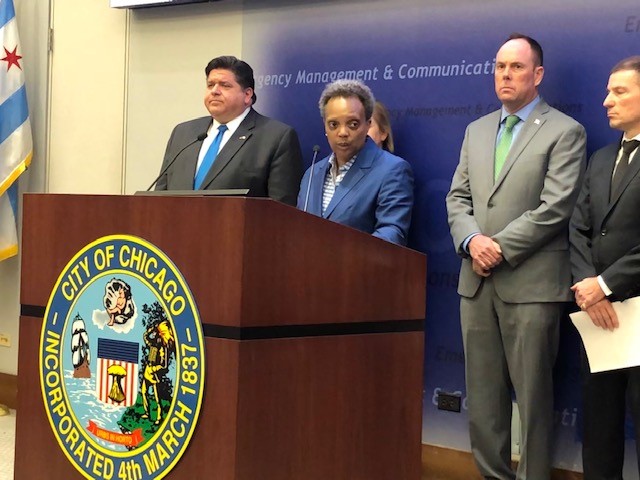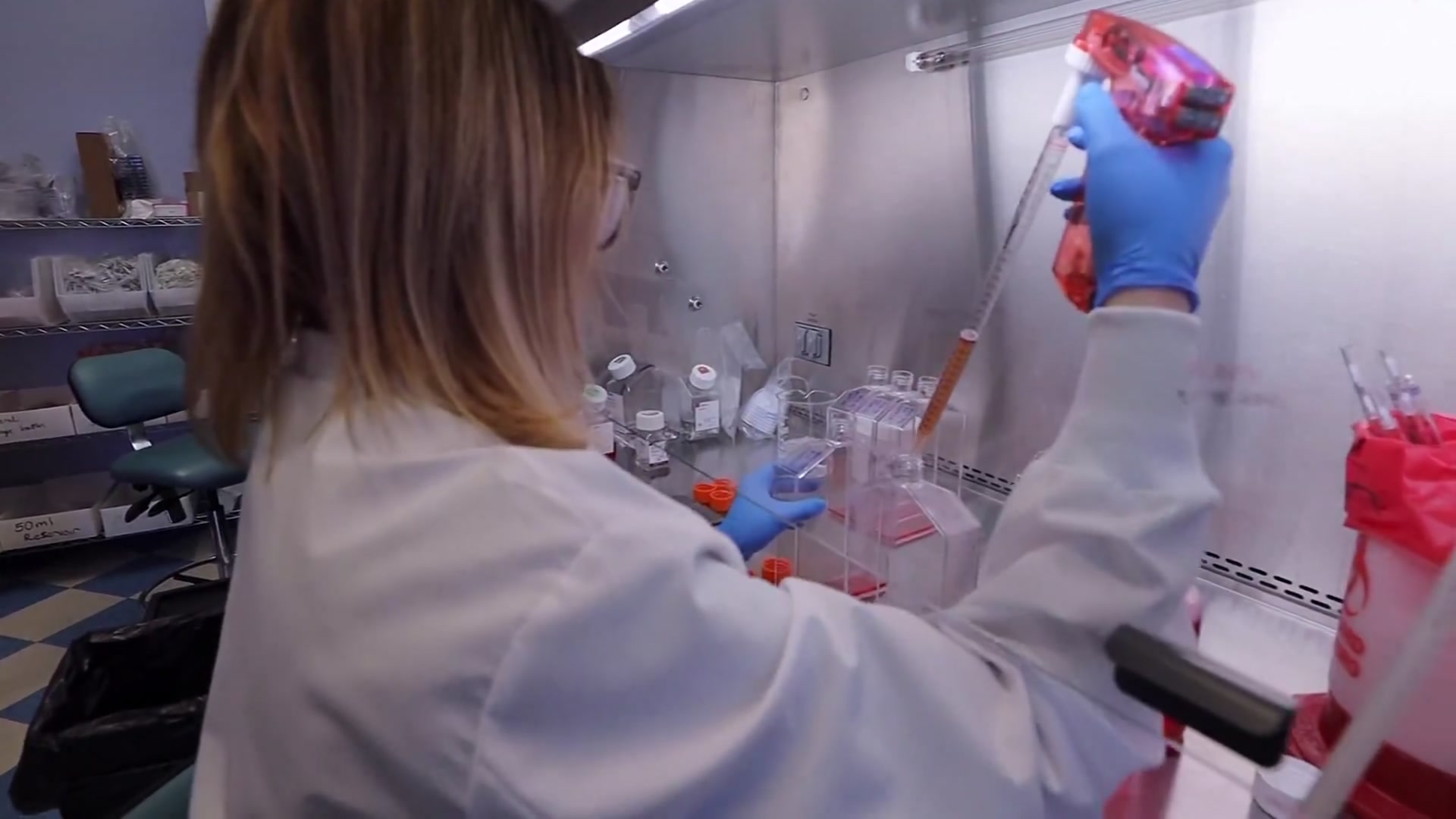Illinois has reported 1,222 additional cases of COVID-19, bringing the state's total to 23,247 since the pandemic began.
State officials also reported 74 additional deaths associated with the virus, bringing the death toll to 868 statewide.
Despite yet another rise in cases, Governor J.B. Pritzker said there is more evidence that Illinois is making progress in its response to COVID-19.
"To be clear, there is nothing good about twice as many people having this virus, or worse, dying from it, no matter how long the increase takes," he said. "But we won’t get to zero cases overnight."
According to Pritzker, the state has seen a significant increase in so-called “doubling rates,” a statistic that shows how rapidly the number of coronavirus cases is doubling in the state.
More than 100,000 people have now been tested statewide for the coronavirus, with thousands of tests taking place over the last 24 hours.
Other reports have also indicated that the spread of the virus is slowing. A Bloomberg report, using data from Rush University Medical System, indicates that the rate of coronavirus cases in Illinois is doubling roughly every eight days, a huge improvement from mid-March when the rate was doubling every two days.
Even still, Pritzker and other officials have warned the public to continue abiding by social distancing guidelines and stay-at-home orders, saying that until additional tests for the virus itself and tests to indicate if an individual has antibodies for the virus are more widely available, the state will not be able to aggressively re-open the economy.
Officials say more than 80 of the state's 102 counties have now reported cases of the virus, as Johnson County reported its first case on Monday.
Chicago and Cook County remain the areas hardest hit by the virus.





